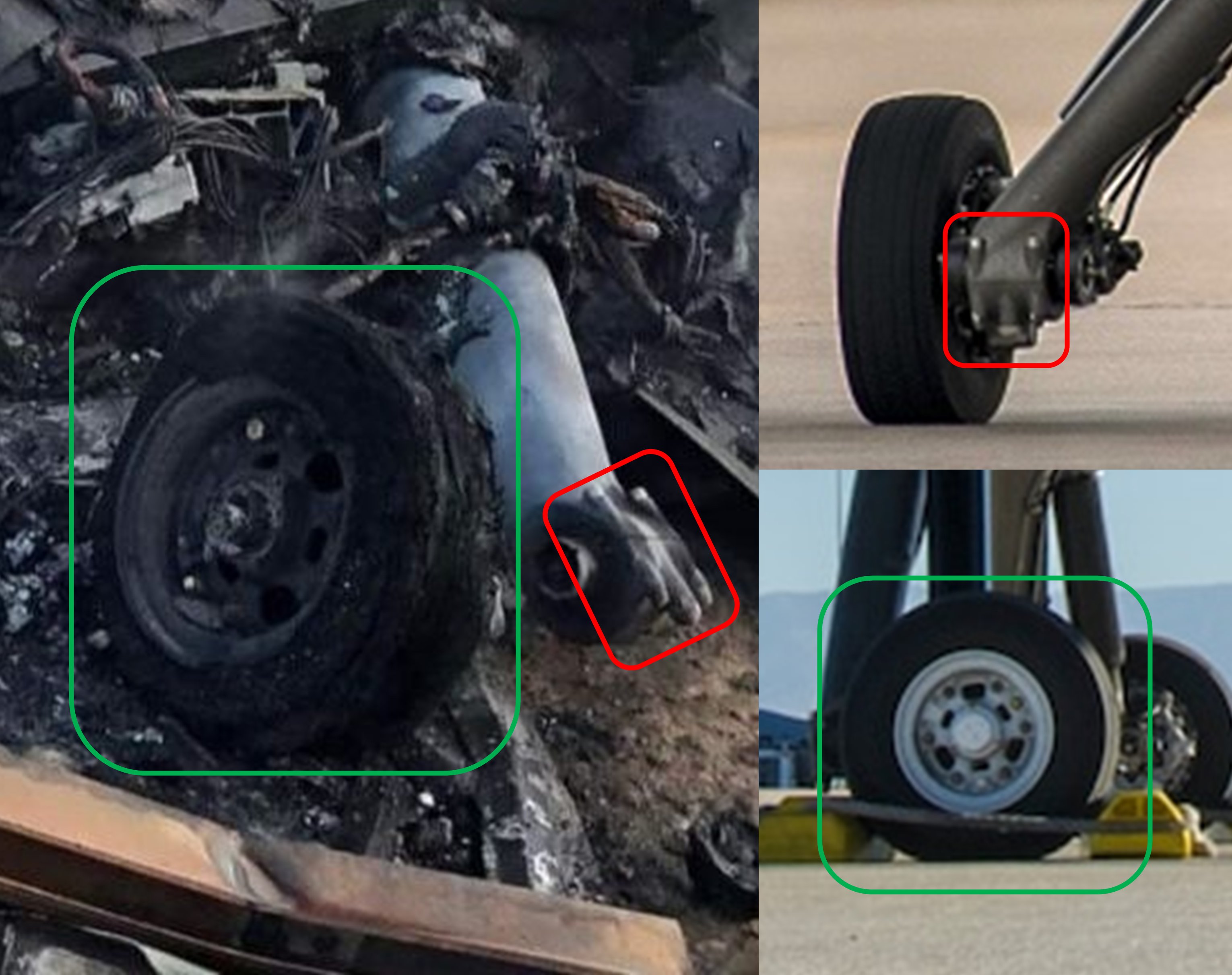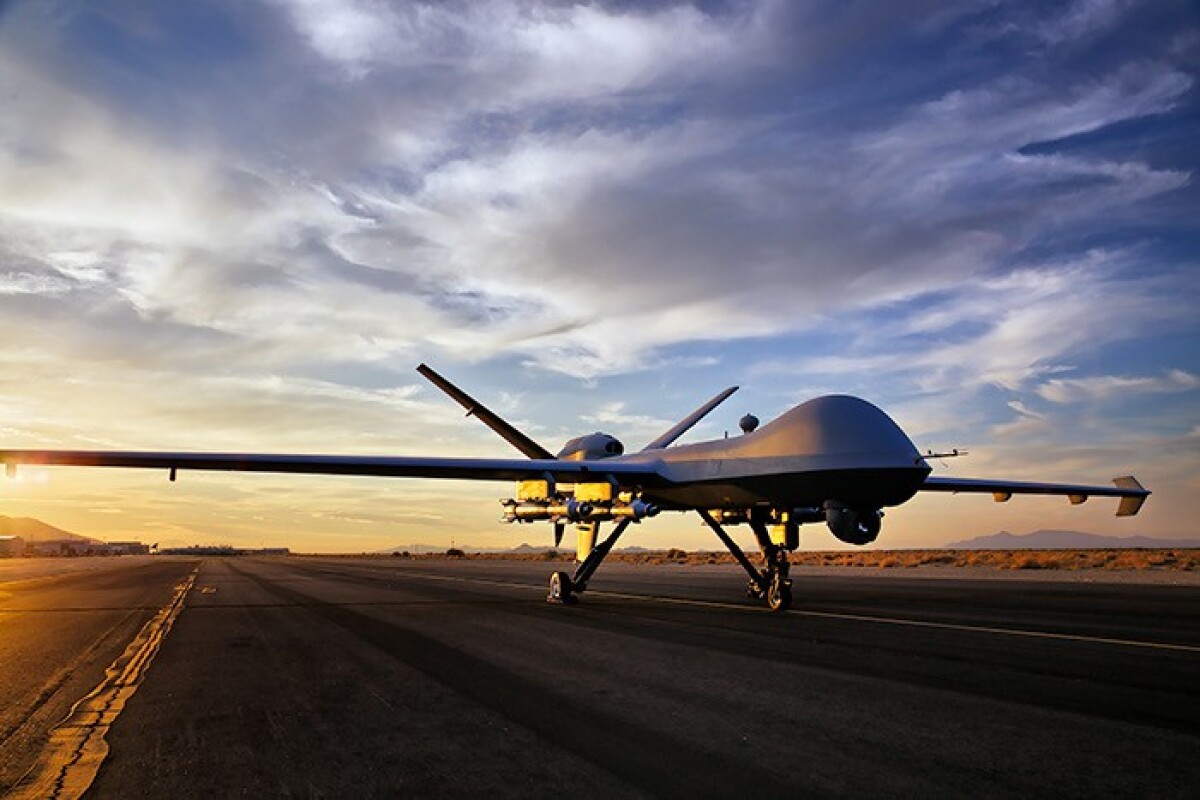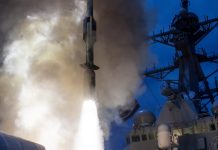On August 22, Libyan National Army (LNA) forces reportedly shot down what appeared to be a US-origin MQ-9 Reaper drone near Benghazi’s Benina airport.
Ukraine Sets Up ‘Secret’ American Fighter Jet Simulation Center With VR Headsets, Gaming Controls — Reports
Multi-Billion F-35 Deal ‘Hangs In Balance’ As Switzerland To Hold Referendum On US Stealth Fighters Acquisition
A video that has gone viral online purportedly shows what seems to be a drone burning and falling on the ground after being hit by a surface-to-air missile.
A senior officer in the Libyan National Army (LNA), led by Khalifa Haftar, later disclosed details of the incident in a statement released through the LNA’s official channels.
“The air defense media of the General Command targeted an unidentified filming drone that entered the skies of Benghazi near Al-Rajma and the Benina base and brought it down,” the statement said.
⚡? Footage of the fall of the US Air Force MQ-9 #Reaper (presumably) shot down by the Libyan People's Army near Benghazi airport. 1/2⬇️⬇️⬇️#Ukraine #UkraineWar#UkraineRussiaWar #UkrainianArmy pic.twitter.com/GjlgxOC00l
— ??Ukraine News Live?? (@UkraineNewsLive) August 23, 2022
Several defense analysts have drawn attention to the similarities between the MQ-9 drone and the crashed drone’s wreckage. The EurAsian Times also reached out to an expert regarding the specifics of the crashed drone.
Russian Su-35 Fighters Pound Ukrainian Infra Facility With Kh-59 Missiles; Developer Hails Flanker-E As Unrivaled
Amelia Smith, a US-based defense analyst, told the EurAsian Times that “the debris can be matched with the MQ-9A by examining the pieces of landing gear strewn around. One piece, in particular, is a wheel and tire, right next to a strut that matches the rear landing gear on an MQ-9.”

“Four propeller blades can be identified upon examination and analyzing photos and videos from multiple angles at the crash site. The MQ-9A Extended Range has four blades, a unique feature of that variant. As far as I am aware, the only country that operates the MQ-9A Extended Range is the United States,” she added.
Reports indicated that the drone is associated with the US Air Force, frequently conducting its flights into Libya from the Sigonella Air station in Italy.
The drone in question could belong to the US Air Force’s 324th Expeditionary Reconnaissance Squadron, stationed at Sigonella Air base in Italy. The EurAsian Times could not verify these reports independently.
The Netherlands, Spain, France, Italy, the United Kingdom, and the United States are the current MQ-9 Reaper operators.
It is also said that any of these NATO nations may have been monitoring LNA or Russia’s Wagner groups’ operations in the region without permission from the Libyan government.
However, the exact details of the drone’s mission are still unknown. It is also unclear which air defense system was employed to take down the drone.
The LNA’s arsenal reportedly includes the 9K33 Osa, S-200, Pantsir-C1, SA-8b Gecko, and Strela-10 air defense systems. Experts conclude that the MQ-9 Reaper ER was probably shot down by either the Pantsir-C1 or the 9K33 Osa.
Meanwhile, India is also considering the purchase of MQ-9 drones to keep a close eye on its adversaries, China and Pakistan. The EurAsian Times had earlier reported that India is in the “advanced stage” of negotiations with the United States to procure 30 MQ-9B Predator armed drones for more than $3 billion.

MQ-9 Reapers
The MQ-9 Reaper can operate autonomously as well as under remote control. The MQ-9, a hunter-killer drone, replaces the MQ-1 Predator, primarily used for intelligence, reconnaissance, and surveillance (IRS).
It was designed with long endurance and high altitude in mind. It can conduct a strike and reconnaissance against high-value, fleeting, and time-sensitive targets thanks to its extended duration, wide-range sensors, multi-mode communications suite, and precise armament.
The MQ-9 Reaper drone has an external weapons payload capacity of over a ton, enabling it to carry up to four Hellfire missiles and two 227-kilogram bombs on the same mission.
The Reaper is equipped with a fully functional system consisting of numerous sensor/weapon-armed aircraft, a ground control station, the Predator Primary Satellite Link, spare parts, and staff for operations and maintenance.
It can be deployed for up to 24 hours. It can carry out various tasks, including ISR, close air support, combat search and rescue, precision strike, buddy-laser, convoy/raid overwatch, route clearing, target development, and terminal air guiding.
In addition, the US Air Force plans to develop a new drone to replace the MQ-9 Reaper, currently in use. The proposed drone could be named Reaper-Next.
- Contact the author at ashishmichel@gmail.com
- Follow EurAsian Times on Google News





